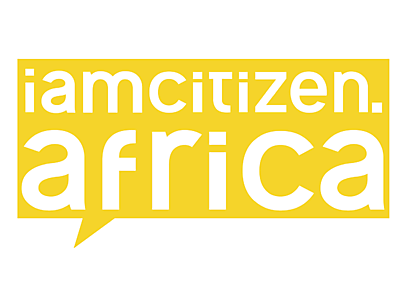SADC-EU Economic Partnership Agreement: The need for civil society engagement
Posted by Ayanda Khuzwayo on 14 April 2021, 11:30 SAST

.jpg)
How should civil society and other interested stakeholders engage with the SADC-EU Economic Partnership Agreement, if at all? What should be the form and content of that engagement?
The first regional economic partnership agreement (EPA) in Africa came into effect in February 2018, between the European Union and the Southern African Development Community (SADC), after years of negotiations and in the face of anti-EPA campaigning by SADC civil society since the 2000s.
The deal itself may be finalised, but active citizen engagement is necessary to mitigate against unintended consequences and to ensure implementation is development-orientated and facilitates sustainable development, poverty reduction and regional integration.
The SADC-EU EPA gives free access to the EU market for 100 per cent of products from Botswana, Lesotho, Mozambique, Namibia, and Swaziland, and 98.7% of imports from South Africa (it does not cover the rest of the 16-country bloc). In turn, the EU will get preferential access to those countries for agricultural products including wheat, barley, cheese and pork, as well as trademark protection.
How should civil society and other interested stakeholders engage with this agreement, if at all? What should be the form and content of that engagement?
Civil society should engage, first to demand a formal mechanism for citizens engagement and secondly to influence the implementation. While the EU has a mechanism for government-civil society engagement on the agreement, SADC countries do not, nor have they demonstrated a willingness to set up one. This is unfortunate, as it goes against the now widely accepted principles of civic participation in global governance. And this is in spite of the fact that both the SADC and AU have otherwise come a long way in providing for engagement with civil society in their processes.
It is useful to point out that though the agreement has been finalised, mechanisms for its implementation are still being developed. This will entail alignment with domestic priorities, regional trade frameworks and processes. In this, CSOs have a role.
There are therefore a number of areas to watch out for as the agreement enters into the implementation phase.
Brexit presents a dynamic that CSOs must grapple with. Notably, both the UK and the remaining 27 EU states are said to prefer continuing with the EPA post-Brexit, albeit separately. However, it remains uncertain what the impact on SADC exports to the EU would be if Britain leaves the EU with little or no replacement deal in place with the bloc, a scenario known as ‘no-deal Brexit’ or ‘hard Brexit’. Also, the two sides of the Brexit divide may find themselves competing in the search for new markets, especially for agro-business exports, and therefore start negotiating more aggressively. The implementation and interpretation of the agreement could become a new arena for these struggles.
On paper, the SADC-EU EPA represents asymmetrical liberalisation in favour of the Southern African countries concerned. However, the historical and persistent unevenness of economic power relations may negate this aspiration. SADC countries, with the exception of South Africa, continue to export primarily raw materials and import manufactured products in return.
Moreover, supply-side constraints can counter the deal’s elements that are intended to be of mutual benefit. SADC members and other African nations need to assist local businesses in improving their capacity and competitiveness. They must engage the EU more in securing funding that promotes local farmers and other businesses, as well as business training to help with capacity building. This must take into account the historical and racial nature of uneven development in the region.
Another constraint is non-tariff barriers. First, stringent EU standards and food and health regulations can hinder local SADC producers from accessing EU markets as compliance can be difficult. Second, reforms reducing the prices of certain food imports into EU under the EU Free Trade Agreement (FTA) may reduce margins of tariff preferences enjoyed by SADC agro-food exporters.
Within the SADC, the new EPA with the EU is only with certain members, increasing the division of the region into blocks rather than building on SADC efforts to increase integration. The rest of the SADC countries are currently negotiating a different agreement. This presents obstacles for harmonisation and coordination in a context where building common African positions on some important aspects of EPAs is already a challenge.
There is, therefore, a need to bring civil society back to the table. In particular links between national and regional CSOs must be strengthened as well as with grassroots movements. The development question must be at the centre of that engagement. In order to strengthen advocacy, CSOs need to bridge the information deficit among themselves by investing in evidence gathering and knowledge sharing.
Civil society can collaborate with EU counterparts, to raise their concerns in the public domain, particularly within the EU. These concerns will highlight the possible negative consequences of the SADC-EPA and how they affect local markets in Africa. EU civil society groups and EU parliamentary members have an important role and must be engaged to promote mutually beneficial trading agreements.
At SADC level, CSOs must insist on a formal mechanism for engagement. In the meantime, existing platforms like the multi-stakeholder national monitoring frameworks of the African Union’s Agenda 2063 can also be leveraged for engagement with civil society in an EPA context.
Original Article published by Daily Maverick
